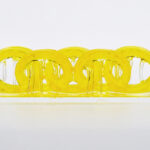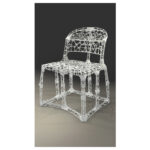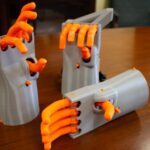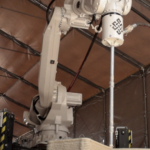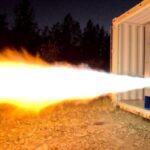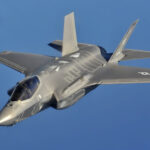We’ve all heard of the Bronze Age and the Iron Age but what of the Copper Age? Bronze, an alloy consisting mostly of copper that is strengthened by the addition of tin or other light metals, was discovered after pure copper had been used extensively for over a thousand years to fashion tools, weapons, coins, and jewelry. Of course, once humans could work with the much-harder iron, bronze became mostly obsolete. In the era of 3D printing, discovering the methods of handling these metals has unfolded in the reverse order as steel (iron) 3D printing has been available in several technological formats while copper 3D printing has become available only recently.
Why the delay? The hold up was caused by the reflectivity of copper, which reflects back much of the light from the laser that’s used to sinter metal powders in metal 3D printers. But that hurdle was overcome and other printing technologies have also developed methods of printing copper. But if copper isn’t as strong as steel, why print with it?
Properties of copper
- Highly electrically conductive – There’s a reason copper wiring is common and it’s because the material exhibits little resistance to electrical currents. It’s also found in electromagnets for the same reason.
- Excellent thermal conductivity – Copper conducts and dissipates heat effectively so it’s an ideal material for heat sinks, heat pipes, and radiators. It makes a great saucepan, too.
- Resistant to corrosion – Weather, wear, heat, and most chemicals have little effect on copper, which is why its used in plumbing, electrical cables, and cookware. Jewelry and art pieces made from copper can survive for thousands of years.
- Shiny – Copper has a brilliant luster and it’s popular in jewelry and architecture for that special shimmer.
When we take all those wonderful properties and combine them with the precision and geometric freedom of 3D printing, we get designs that provide fantastic improvements in functionality, such as: internal conformal channels on rocket nozzles, curved and irregular heat pipes, lattice structures for integral thermal shielding, wicking structures, micro filters with passive cooling, and 3D circuits. And that’s really just the tip of the iceberg.
So how is copper 3D printed?
- Metal Powder Bed Fusion – A laser sinters consecutive cross-sections onto a bed of copper powder one layer at a time.
- DED – A fine stream of copper powder is deposited and immediately sintered with a high-power laser, and parts are built up one layer at a time.
- Metal Material Extrusion – Copper powder is made into rods / filament using a small amount of binder to make it printable on filament deposition 3D printers. Just-printed “green” parts have to go through a debinding process. The debound “brown” parts then go into a furnace to be sintered into solid metal. Markforged recently announced that they’ve added copper to their material selection using this method in their propriety printers. Additionally, The Virtual Foundry offers copper filament that can be printed on most desktop 3D printers, though users must find their own debinding and sintering service.
In our high-tech world of regular rocket launches and pocket-sized computers, there are unlimited applications for 3D printed copper. Where do you think it will shine?
Featured image courtesy of Markforged


